Spring has come. For the winter-weary gardener, the chance to finally get back out into the wonderful world of soil and sprouts is exhilarating. Within a few short weeks, garden beds are awake and planted, pots are filled and placed back on the porch, and flower beds are tenderly mulched. And then … all that precious garden space is used up, and your green thumb is still itchy to keep going.
So the unsatiated gardener takes a glance over to the pond — suddenly realizing it looks a bit drab. And then the idea strikes! Why not garden in the pond, too? There’s an entire world of water plants that are particularly suited for aquatic growth, and they come in wonderfully unique forms, shapes, and smells.

In addition to their esthetic value, introducing a diversity of water plants to your pond will keep the water healthier, provide valuable habitat for wildlife, and help stabilize the pond banks to prevent erosion.
Even if you don’t have the space — or desire — for an entire pond, you can still enjoy the beauty of aquatic flora with a water garden. With a little initial elbow grease to get it started, a backyard oasis of flowing water, fish, and flowers is well worth the effort.
Related Post: How To Build A Fish Farming Pond
But where do you start? While many of us may have a decent familiarity with the terrestrial sort of flowers, our understanding of pond life may have stopped with 7th-grade biology.
Let this article help you get your feet wet if you’ll pardon the pun. Hopefully, this list of 9 aquatic water plants will point you in the right direction as you add the pond to your gardening realm. I’ve organized this list according to the location the plant species prefers. Some water plants will prefer to be totally submerged while others only want their feet wet.
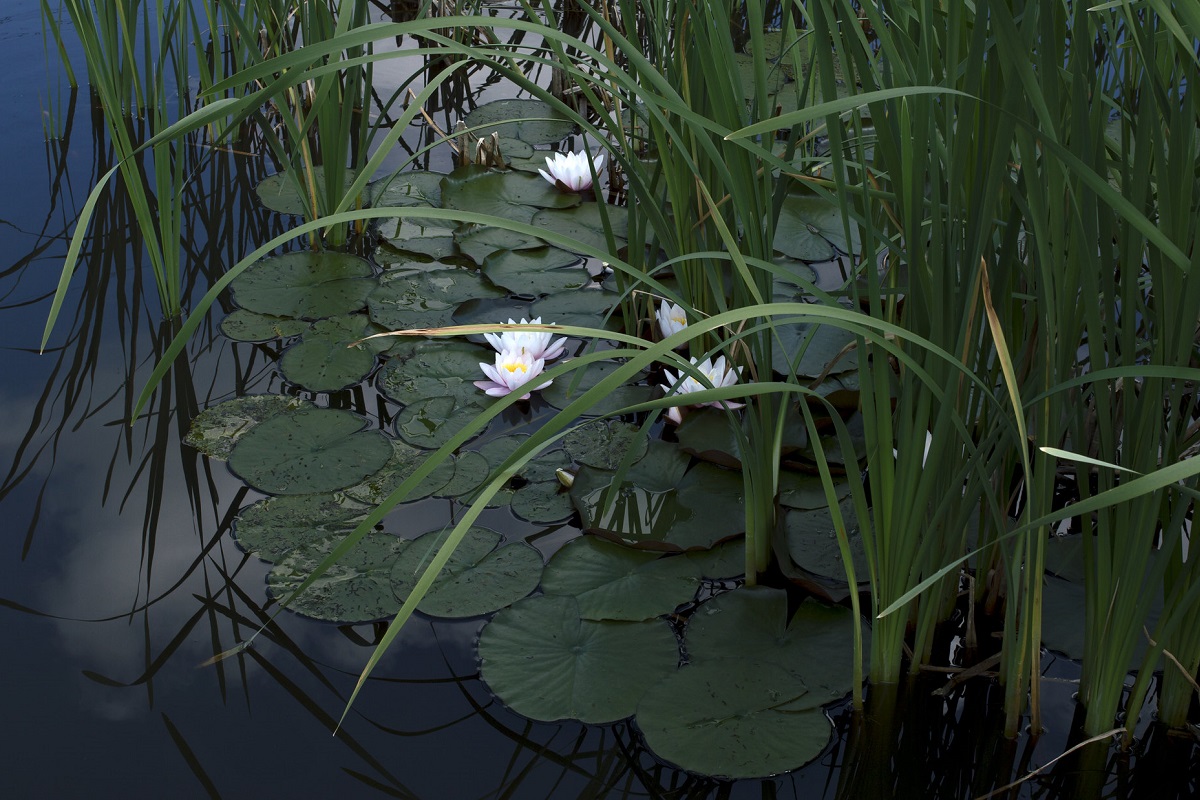
The majority of all water plant growth will be in water that is no more than 3 feet deep — a perfect zone where they can bury their roots in the pond bottom, yet not have to stretch too far to get sunlight on their leaves. Take note, if you have a shallow pond (no more than 6 feet deep) overall, some water plants may totally overrun it.
All of the water plants in this list are Native American plants. You can, of course, find tons of other more exotic species when you visit your local plant nursery, but I feel that the plants originally designed for this land have a special sort of beauty that is often underappreciated. Additionally, as indigenous species, they’ll offer food and shelter to visiting wildlife.
Shoreline Water Plants
Water plants in this category grow at the water’s edge.
Blue Flag Iris
If you know garden irises, meet their more demure cousin. With slender green leaves and wonderfully-scented blossoms, blue flag iris (Iris virginica or I. versicolor) is ideal for adding a touch of color and class to a pond edge.
This is a key distinction between our Native American blue iris and invasive yellow flag iris (I. pseudacorus). The yellow blossoms, while nearly as lovely, will quickly out compete any other edge-growing plant and dominate the pond. Rude, much?

For pond gardeners from Canada to Virginia, Northern blue flag iris (I. versicolor) is the one for you. They grow well in zones 3 to 9 and will grow in 2-4 inches of water. You can anticipate their sweet-scented flowers from May to June.
For those south of Virginia, you’ll want to try Southern blue flag (I. virginica). Thriving in zones 5 to 9, it will dot the edges of your pond with a host of June blooms. You can plant this iris in water up to 6 inches deep.
Swamp Mallow And Rose Mallow
I love seeing the large, tropical-looking blossoms of the mallow nod over the rippling waters of our pond. From the months of July to September, swamp mallow (Hibiscus moscheutos) often displays a bright pink blossom while rose mallow (H. lasiocarpos) is usually a snowy white with a deep magenta center.

These big-blossomed beauties both reach 7 feet tall at the height of their summer growth, providing a bountiful spread for passing butterflies. Both swamp and rose mallow grow best in full sun in zones 5 to 9. They do wonderfully in wet soil at the pond edge, but if you just can’t get enough of their flowers, you can plant them on land as well — just make sure their soil doesn’t totally dry out.
Scouring-Rush Horsetail
These bizarre plants may look like they time-traveled from when dinosaurs trembled the ground, but gardeners in zones 4 to 9 can host a bit of the Jurassic esthetic in their modern ponds. Scouring-rush horsetail (Equisetum hyemale) is a forgiving rush-like plant that can grow in both full sun or heavy shade. They don’t care about the quality of their soil. They just need it to be wet and no deeper than 4 inches.

They’ll grow anywhere from 3-5 feet tall, and their evergreen stems can add a bit of life to a winter landscape when everything else has petered out. Keep this in mind if you are planting them near crop fields, however, because they can become a weed in low-lying areas.
To keep them contained in a pond setting, try planting them in a container to restrict the spread of their roots. Additionally, keep in mind that despite the equine-sounding name, these rushes are toxic to horses.
Emergent Water Plants
Water plants in this category grow with their roots underwater but their leaves, flowers, and stems above the surface.
Pickerel Weed
With glossy, heart-shaped leaves and a morning bloom spike of blue flowers, pickerel weed (Pontederia cordata) is an art piece of a plant. Often dotted with dragonflies and damselflies, it will be the jewel in your garden.

Dependably hardy, yet slow-growing and slow to spread, it’s an ideal introduction to your pond palette. Growers in zones 3 to 10 can enjoy its blooms throughout the entire summer, and as a bonus, the ripe fruits are edible both raw and roasted.
In the spring, place its roots in a sunny spot with rich mud, around 3-5 inches below the surface of the water. If they take well, your efforts will be rewarded with bloom spikes 4 feet high from June all the way until October.
Arrowhead Or Katniss
Fans of the Hunger Games might remember the heroine was named for an edible water plant, but they may not realize it is a real plant in the real world. Also called wapato, duck potato, or arrowhead, the many members of the Saggitaria genus have fed numerous generations of people and waterfowl with their starchy tubers.

There are many native varieties that typically want to grow in zones 4 to 10 though some specific species may want it on the warmer end of that range. The common, broad-leafed arrowhead (S. latifolia) may be a good species to start. Give it rich soil in water up to a foot deep, and it will produce attractive, arrow-shaped leaves of many sizes and a showy, white flower that blooms from May to October.
Water Cress
Here’s a plant for your colder climates. This deep green, delectable plant demands cold, clear, flowing water and bright sun. While it is picky (it won’t survive in water higher than 65 degrees Fahrenheit), if you are blessed enough to have a spring-fed pond, you may have a bountiful harvest.

Watercress (Rorippa nasturtium-aquaticum) will be a perennial member of your waterscape in zones 5 and higher, but if you live in colder zones, you can still cultivate it as an annual. If you decide to grow these peppery-tasting leaves, just make sure you direct sow the seeds. It simply will not tolerate being transplanted.
Floating Water Plants
Water plants in this category have many leaves that float on the surface of the water.
Fragrant Water Lily
Is there anything more serene than a floating lily flower, perfuming the early morning air? Not likely. Add a handful of these sweet-scented beauties to your waterscape and you’ll understand why Monet was so taken with them.

The leaves and flowers rise from the pond depths and float on the surface, tethered to their underground roots by flexible stalks. To grow, a water lily requires rich soil and full sun. It can be placed in soil up to 6 feet deep.
Related Post: How To Care For Easter Lilies
The white or pink blossoms can be 6 inches across and are similar in appearance to American lotus. It is less invasive than lotus and is best suited for a larger pond. Each plant will eventually cover a 15-foot diameter circle, so plan and plant accordingly.
Submerged Water Plants
Water plants in this category grow entirely underwater, or very nearly so.
Wild Celery, Eel Grass, Or Tape Grass
Like a ribbon dancer in slow-motion, up to 7-foot blades of wild celery (Vallisneria americana) undulate below the surface of a quiet pond. It will grow into a thick underwater meadow and is an ideal plant for any fishing pond. It provides food for waterfowl and plenty of hiding spaces for a healthy fish habitat, yet won’t interfere with fishing.
In zones 4 to 10, the roots should be planted at least a foot below the surface of the water — though they can grow up to 9 feet deep. This plant likes a sandy bottom with some mud and will do best in full sun.
Related Post: How To Grow Celery
The name, by the way, doesn’t refer to the form of the plant which bears little resemblance to terrestrial celery. Apparently, the ducks that feast on this favored pond flora will have a celery-like taste to their meat.
Water Star Grass
This slender plant spends the majority of its life underwater, and only the delicate yellow flowers emerge above the surface when it blooms. In the right light, it can make an entire pond look star-dazzled. Watch for the flowers from June to October.

Water star grass (Heteranthera dubia) was once widely enjoyed in aquarium and aquaculture, but for some reason has faded from popularity. Bring this lovely little plant back into the limelight anywhere from Canada to Cuba, and enjoy! It does best in full sun and alkaline water and is very easy to propagate. The deeper it is planted, the fewer flowers it will produce, so keep it close to shore and watch the stars come out all day long.
Maintaining A Water Garden
Gardening in a pond or water garden isn’t quite the same as gardening on dry land. You obviously can’t just walk through it and weed like you would your tomato patch. Rather than tending neat rows of sprouts, water gardening is more like orchestrating an ecosystem and helping it run itself. If fish are part of the works, for example, you have fertilizer and weed control.
If you have arrowheads growing around the perimeter, they’ll hold the bank in place and provide food for birds. Wild celery provides hiding places for animals and crowds out less desirable invasives. When everything is in balance — something that is an enjoyable challenge as you figure out what plants to introduce — it’s a thing of beauty.
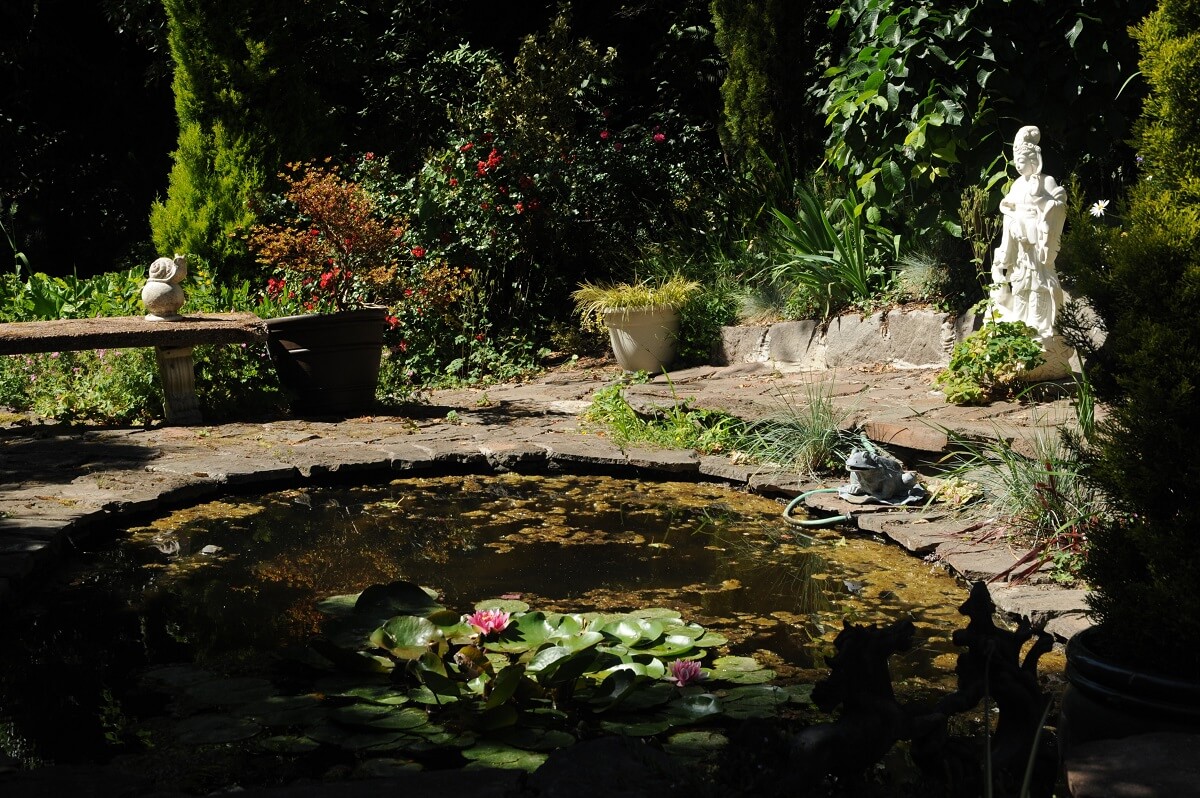
To find that equilibrium, it’s important to keep in mind what Tim Matson (author of Landscaping Earth Ponds) describes as the “Jekyll and Hyde personalities” of many pond plants.
Related Post: Natural Pools Or Swimming Ponds
Many species can look beautiful the year after they’ve been planted, but if kept unchecked in a shallow pond, they swiftly colonize and choke the entire pond with overgrowth, butting out everyone else. As such make sure that you know the growth habit of a plant before you introduce it to your delicate balance of life.
What are your favorite plants for your water feature? What tips would you add? And finally, if you have any photos of your own beautiful pond, add them in the comments below so we can ooh and ahh!
Resources
- Water Plants for Missouri Ponds, Whitley, Basssett, Dillard, and Haefner
- Landscaping Earth Ponds, Tim Matson
- The Forager’s Harvest, Samuel Thayer


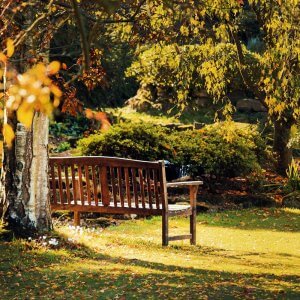

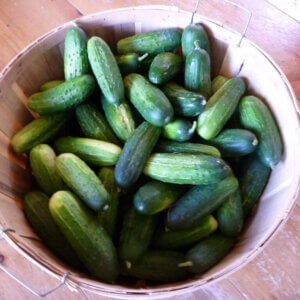
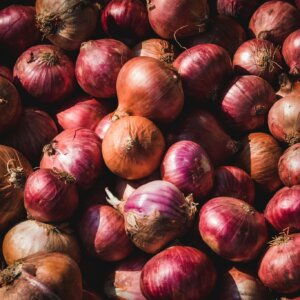



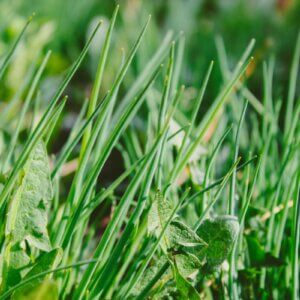

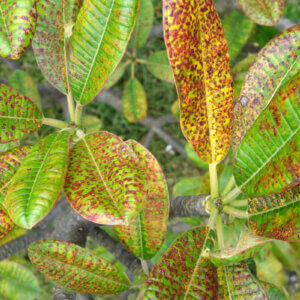



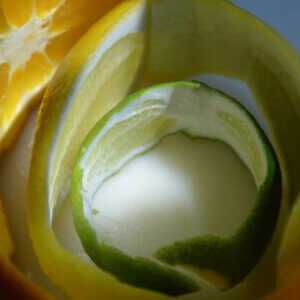



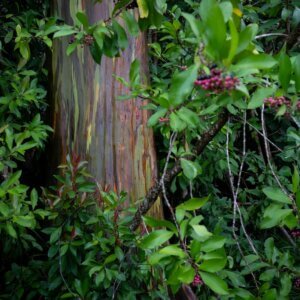
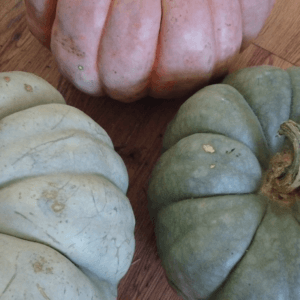

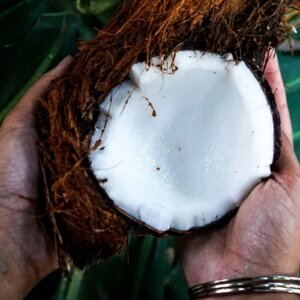

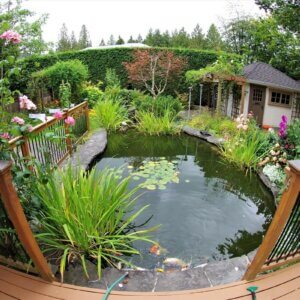
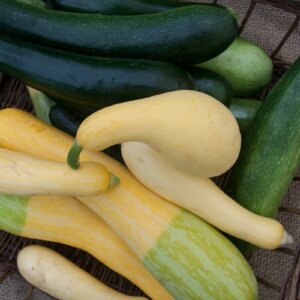



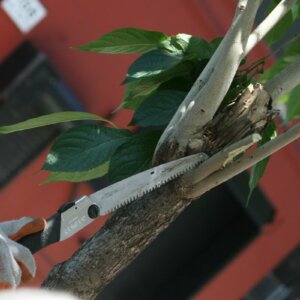

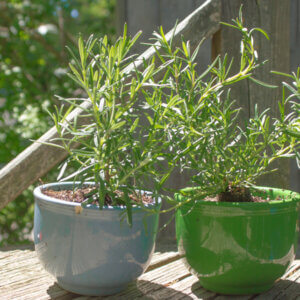
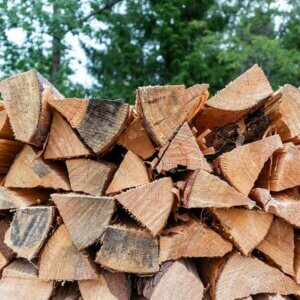


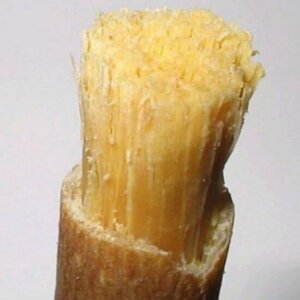

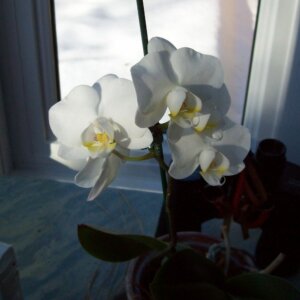

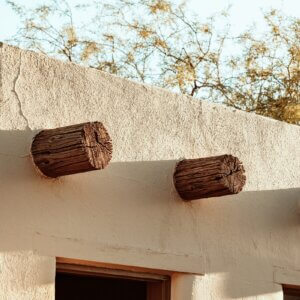

Leave a Reply